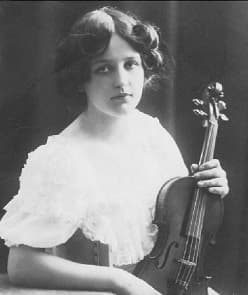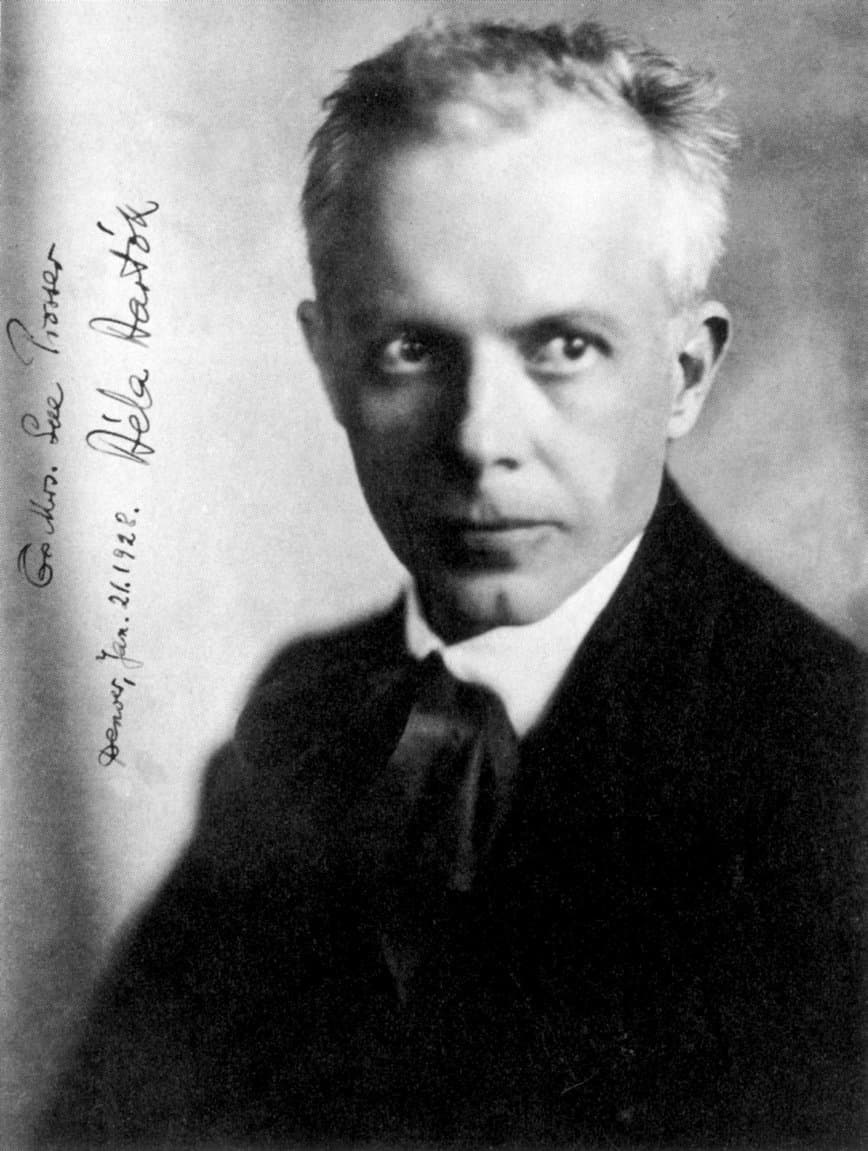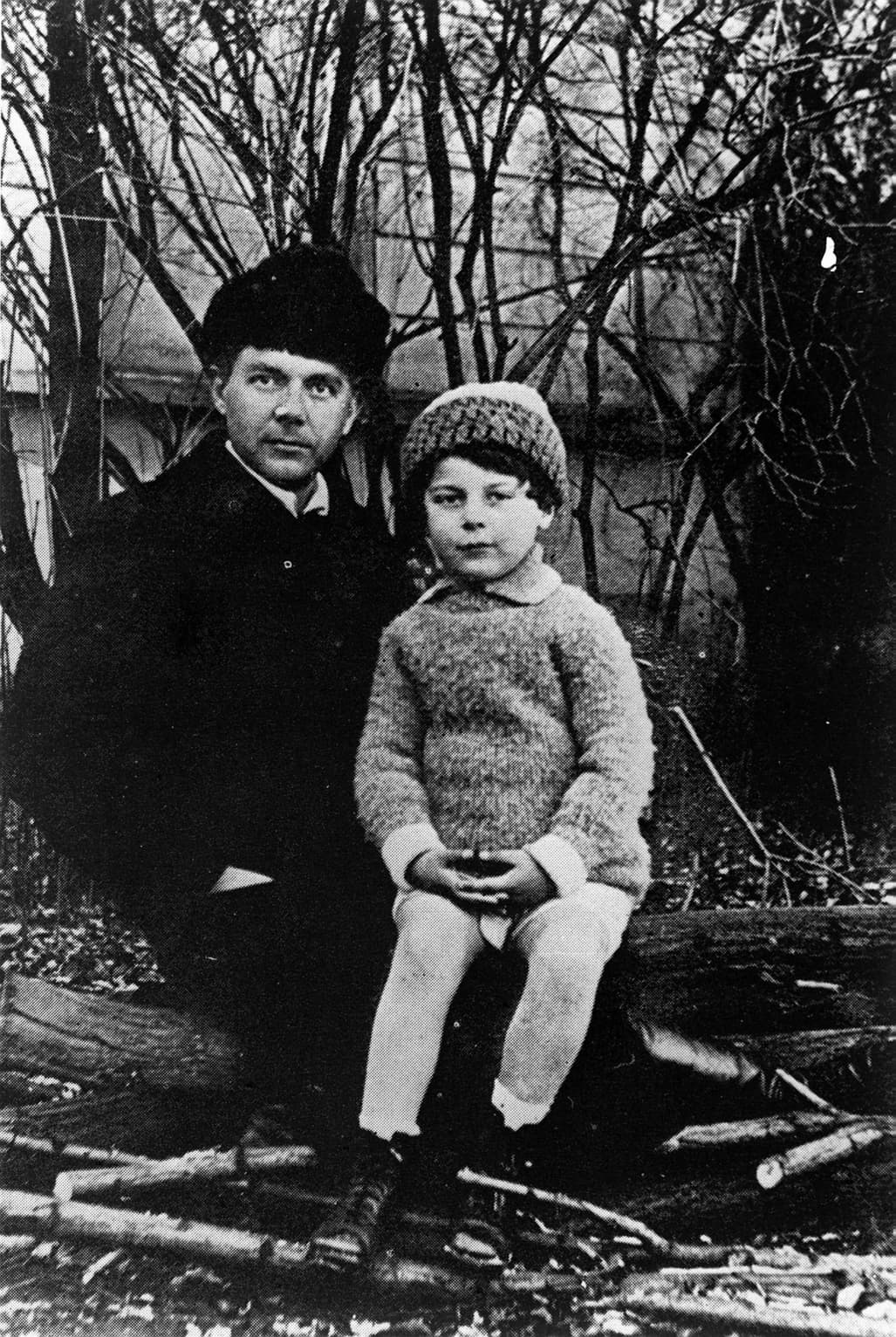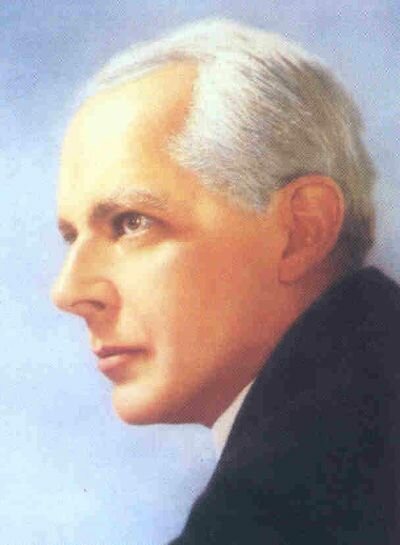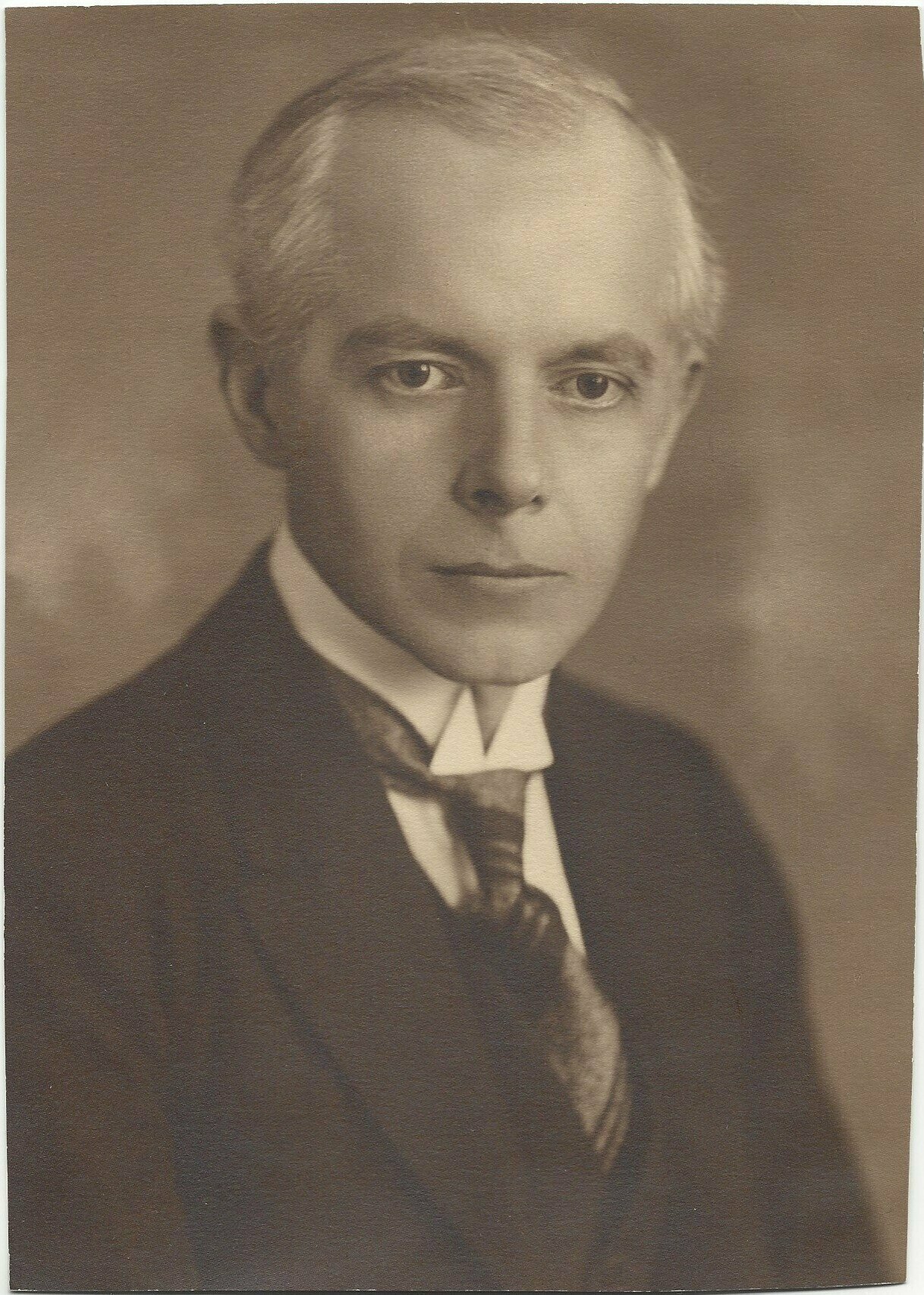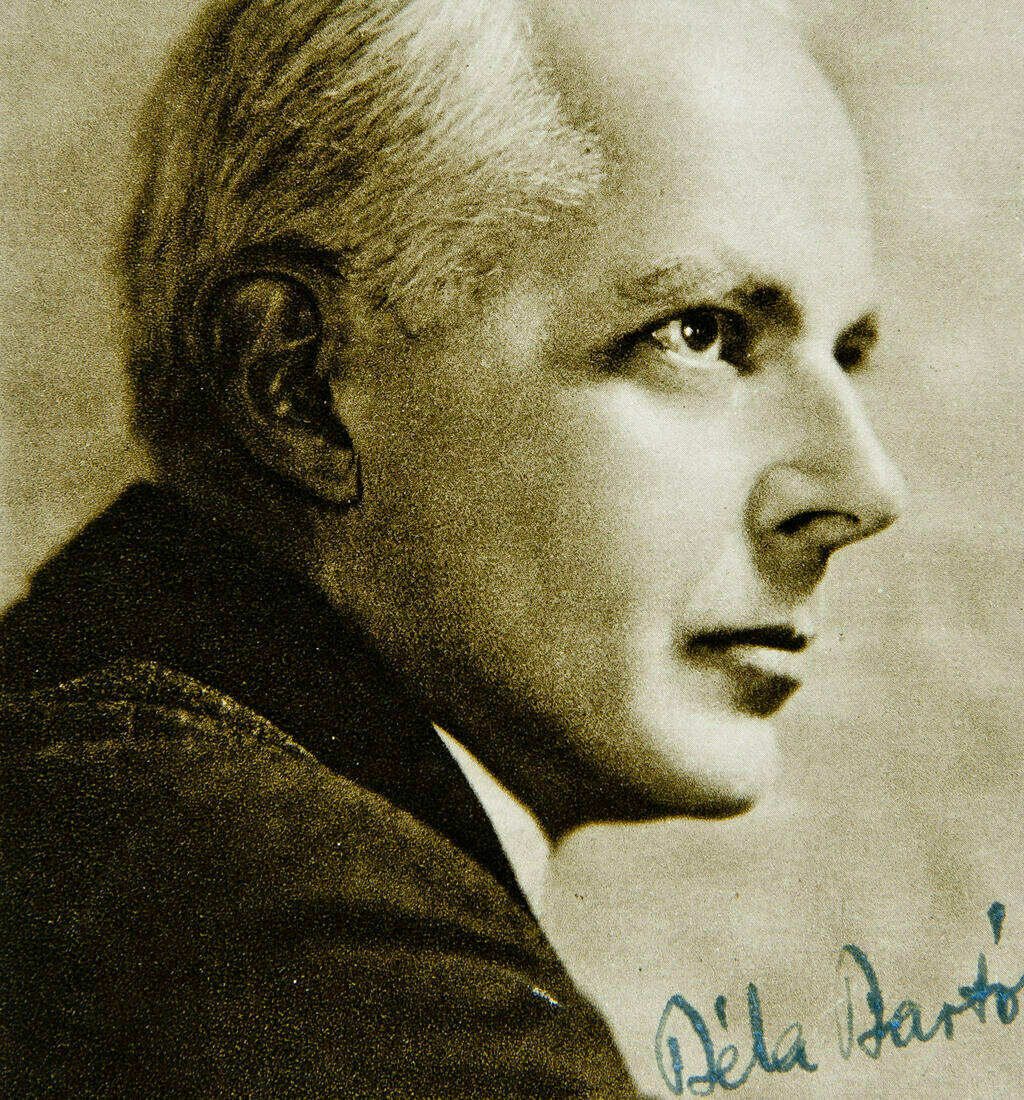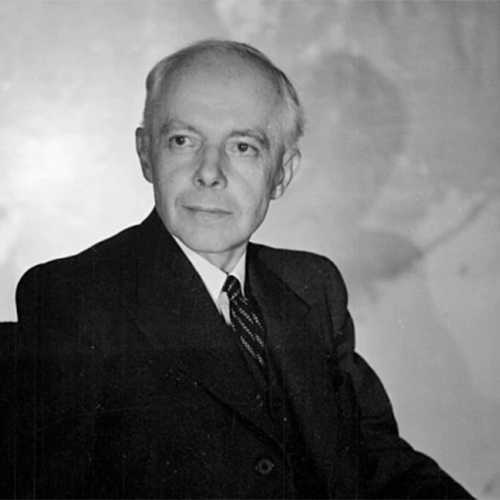Béla Bartók (1881-1945) started his musical journey at age 5 with piano lessons at home before he went to the Budapest Academy of Music in his teens. His teacher, István Thomas, had been a student of Liszt and his training
Bartok
During the mid-1920s, Béla Bartók experienced a compositional fork in the road. His violin sonatas had represented him as a musician on the international stage, while the “Dance Suite” was a national composition celebrating the 50th anniversary of the unification
It is somewhat ironic that not a single Hungarian town in which Béla Bartók spent his youth is now within Hungarian boundaries. At the time of his birth on 25 March 1881, the town of Nagyszentmiklós was part of the
One of my favorite pieces to perform is Hungarian composer Béla Bartók’s Romanian Folk Dances. It is full of infectious rhythms, melancholy melodies, and subtle effects. János Starker performs it in the cello rendition.
Béla Bartók’s first ballet, The Wooden Prince (1916) takes us to the story land of princes and princesses, and, of course, evil fairies. But, to get it on stage, Bartók had to contend first with the evil management of the
Béla Bartók (1881-1945) spent the last five years of his life in the United States. Economic hardship, cultural dislocation, and very little artistic acknowledgement and satisfaction plunged the composer into a state of bitter depression. This depression was compounded by
With Europe spiraling towards a massive war that would eventually devastate the continent, Béla Bartók gave voice to the general sense of anxiety and foreboding by starting work on his only opera in 1911. The libretto for the one-act Duke
We are most familiar with a ‘cantata’ as a sacred work, usually on a subject from the Bible, that’s written for vocalists. For Béla Bartók to write a work entitled ‘Cantata Profana’ is to write an oxymoron. Yet, if we

